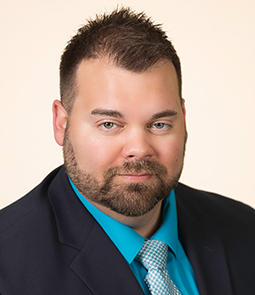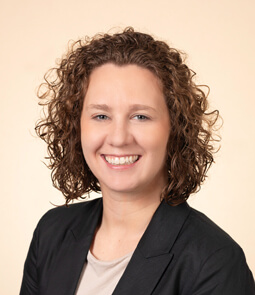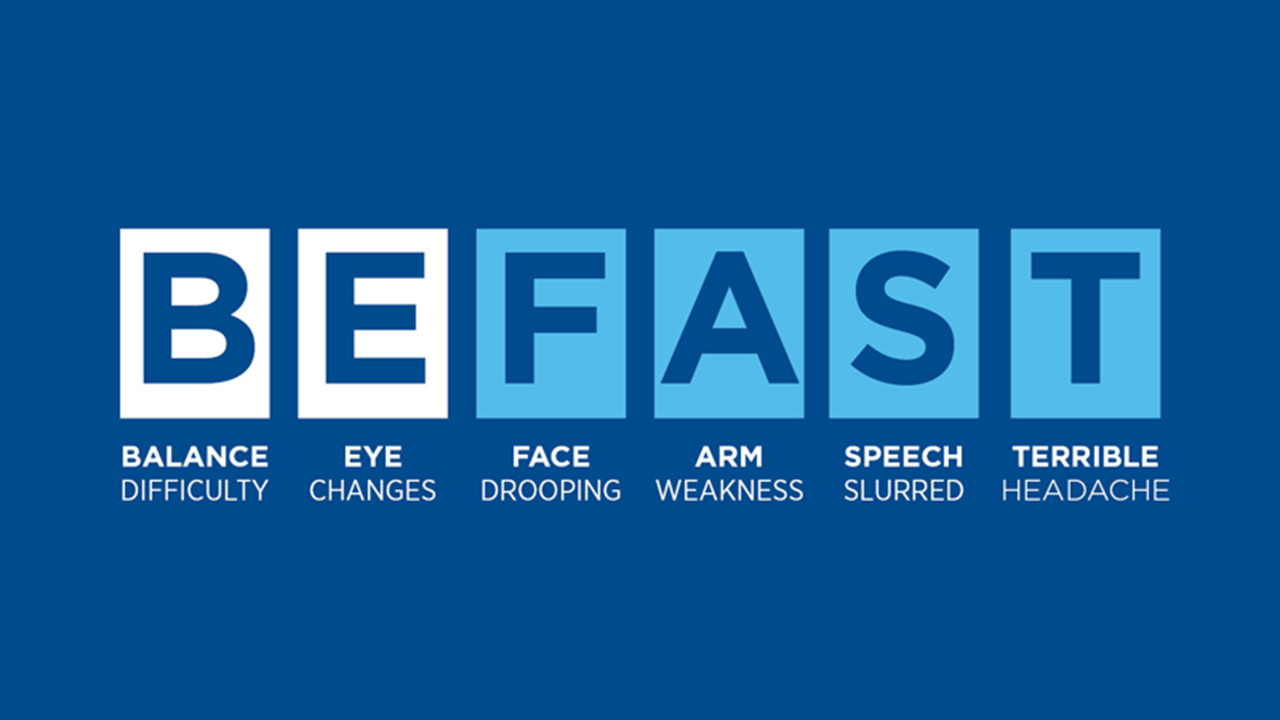Use the BE-FAST acronym to remember stroke warning signs. If you notice or experience any of these signs or symptoms, dial, don’t drive. Call 911 immediately.
- B - Balance difficulty: Sudden loss of balance or coordination, weakness or dizziness
- E - Eye changes: Sudden onset of vision changes in one or both eyes
- F - Face drooping: Sudden onset of facial drooping, usually on one side
- A - Arm weakness: Sudden weakness or numbness in the arm, leg or face, usually on one side of the body
- S - Slurred speech: Sudden onset of trouble speaking or difficulty in understanding speech
- T - Terrible headache: Sudden onset of severe headache with no known cause




